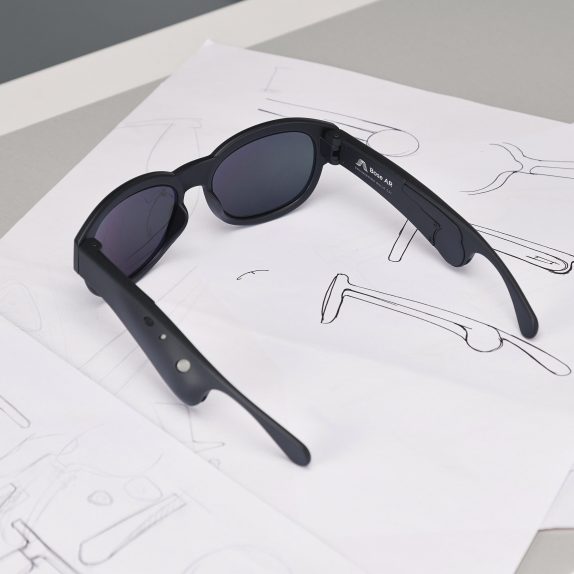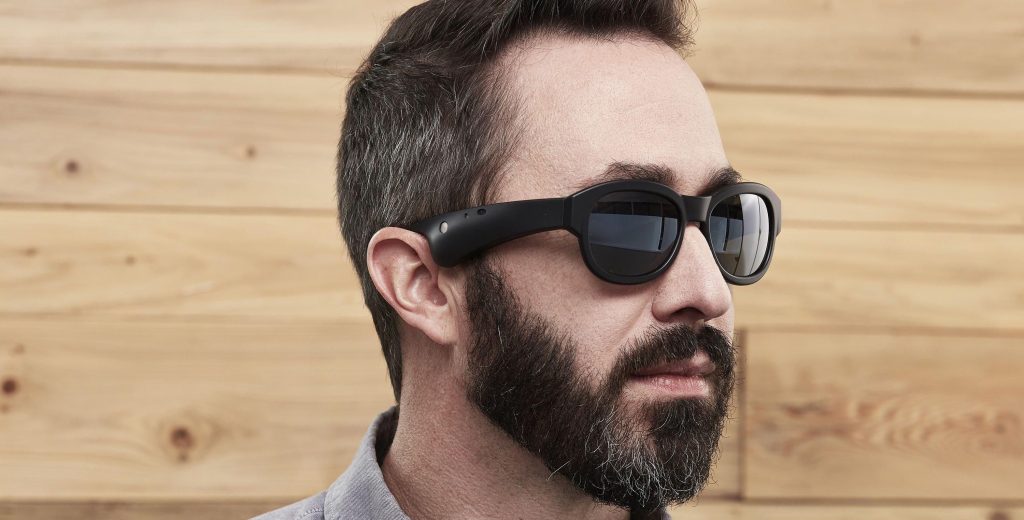

At SXSW, Bose announced that it is foraying into the AR game but unlike many AR tech out there, Bose is all about audio that will be delivered through a “wafer-thin acoustics package. It also introduced a new prototype glasses to hear which Bose says is the future of mobile sound.
The company also mentioned that it will make the SDK for the AR for developers this summer. The AR glasses though doesn’t change or add 3D objects in what you see, but it will know what you’re looking at without an integrated lens or phone camera. Bose AR adds an audible layer of information and experiences which will make your daily experience better.
The company specifically developed the wafer-thin acoustics package technology for the platform which will represent the future of mobile micro-sound with power and clarity. The technology can be built into the headphones, eyewear, helmets and more. It can be controlled with simple head gestures, voice, or a tap on the wearable to control content. The first AR prototype glasses were engineered and manufactured by Bose. They are compatible with Bluetooth, has microphone support for calls, Siri or Google Assistant integration.


It is Bose’s new proprietary technology that keeps audio private with an ultra-slim, ultra-light, ultra-miniaturized acoustic package embedded discreetly in each arm. Bose says that they can fit, function and look like standard eyewear, but sound and function more like Bose headphones. The company will also include the AR technology for Travel, Music, for learning and everyday use cases.
Collaborations for its AR platform currently include ASICS Studio, Strava, TripAdvisor, TuneIn, and Yelp. The company also said that it will invest $50 million in start-ups focused on apps, services, or technologies for the Bose AR platform.
John Gordon, vice president of the Consumer Electronics Division at Bose said:
Bose AR represents a new kind of augmented reality— one that’s made for anyone and every day. It places audio in your surroundings, not digital images, so you can focus on the amazing world around you— rather than a tiny display. It knows which way you’re facing, and can instantly connect that place and time with endless possibilities for travel, learning, music and more. And it can be added to products and apps we already use and love, removing some of the big obstacles that have kept AR on the sidelines.
